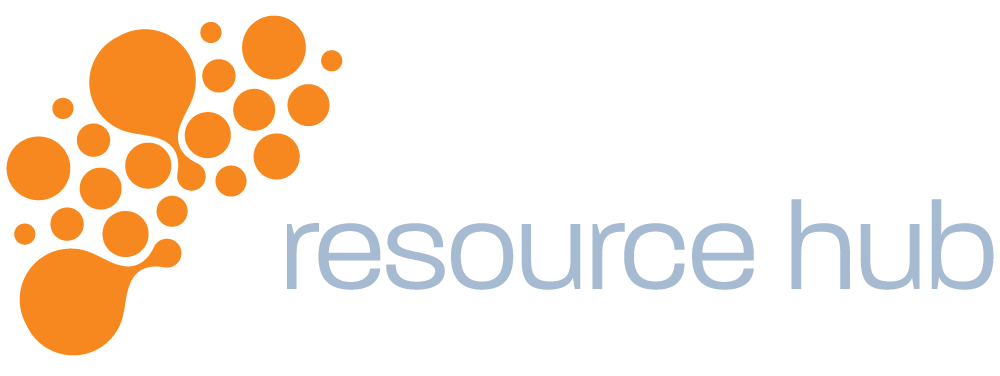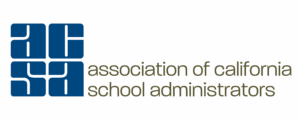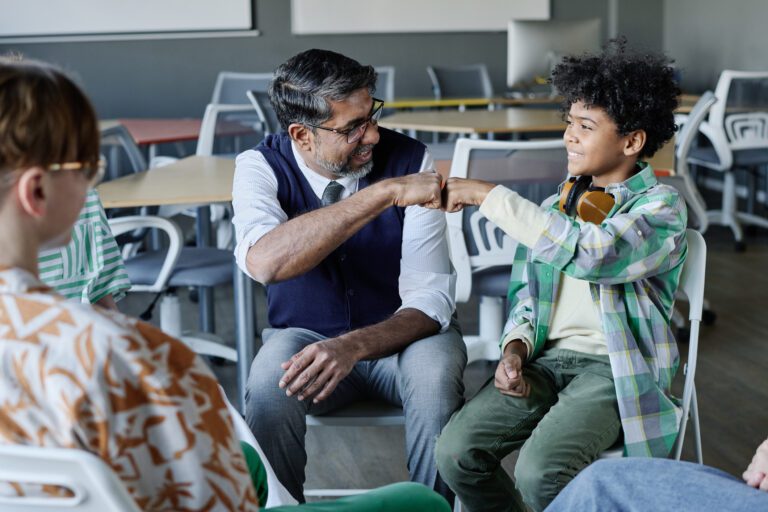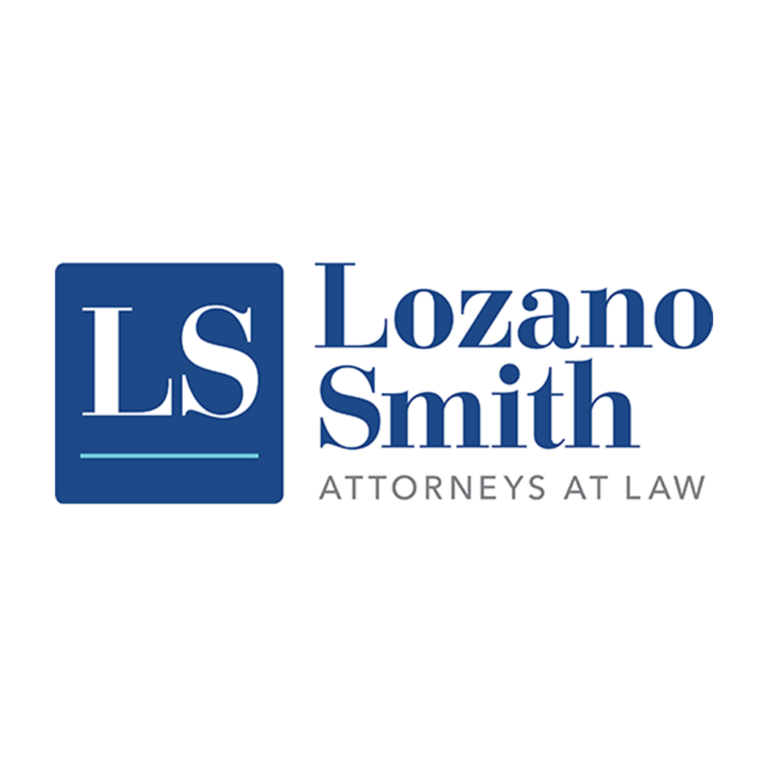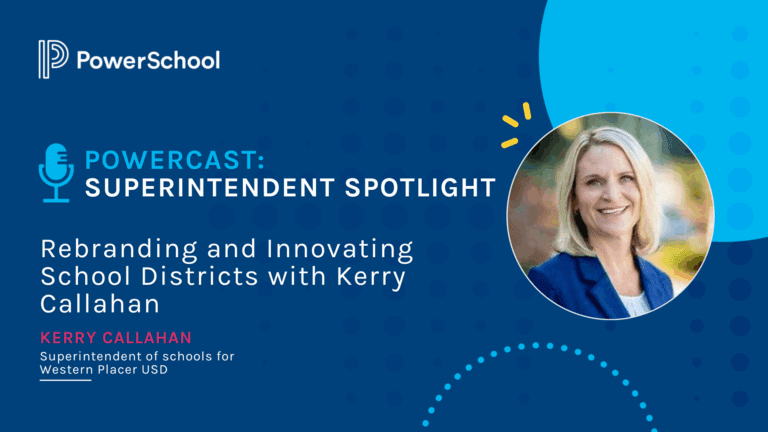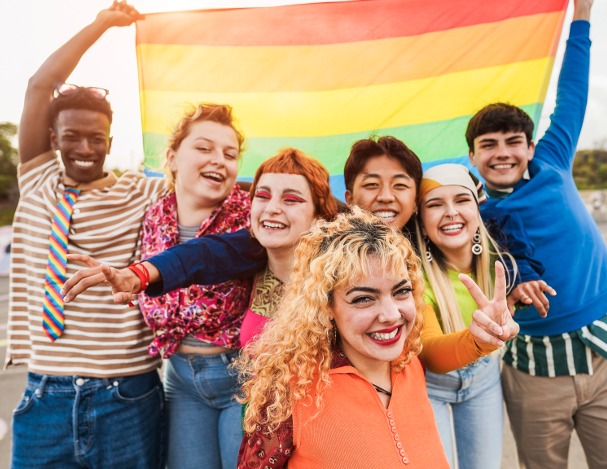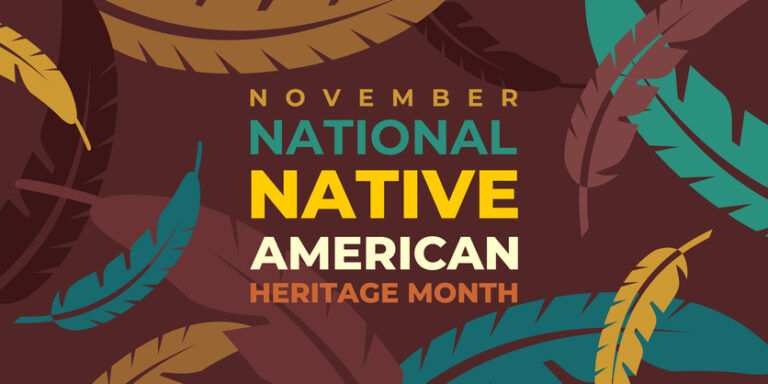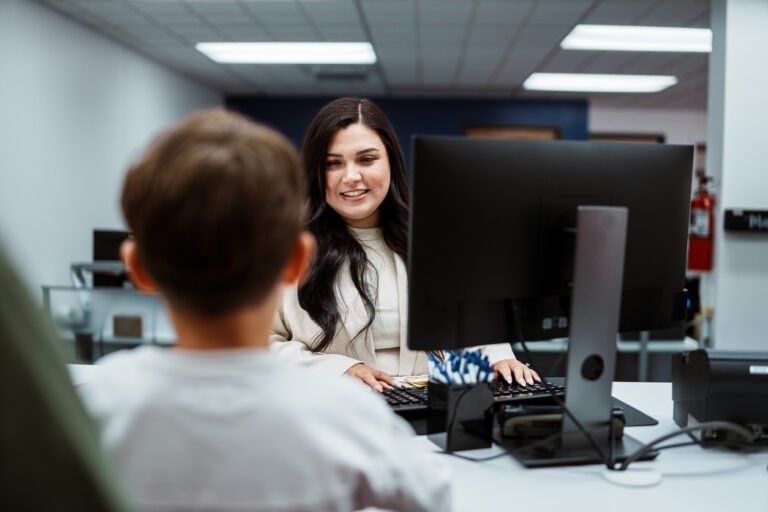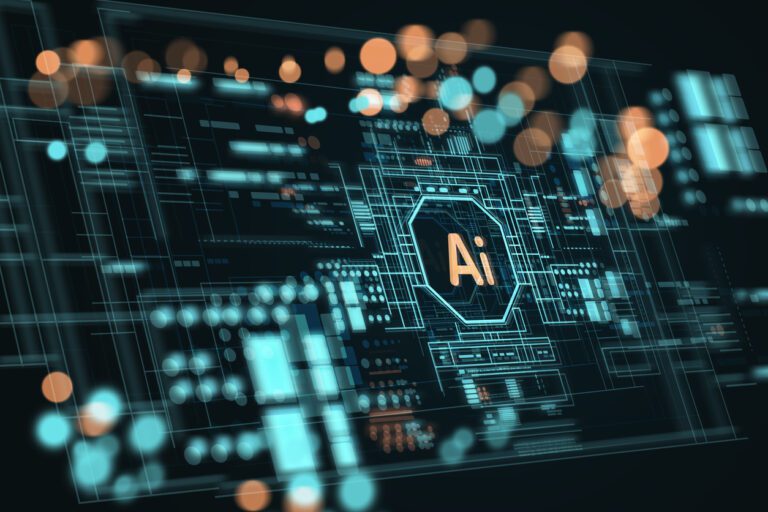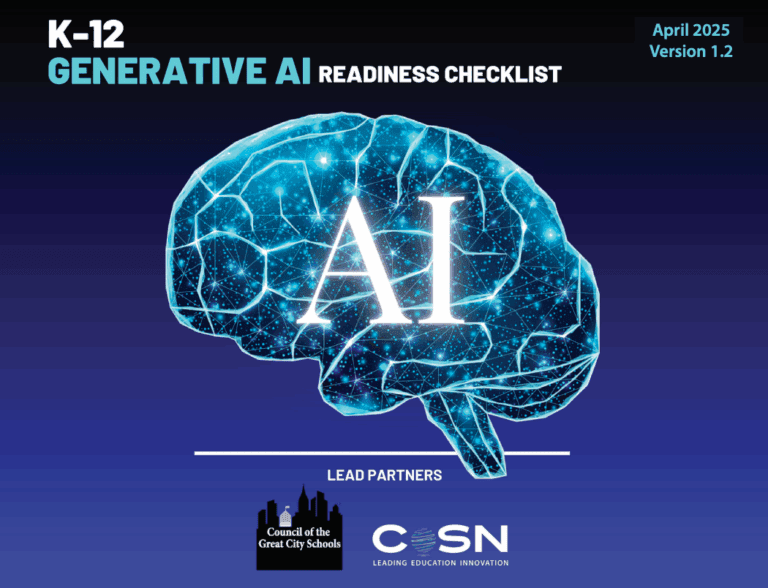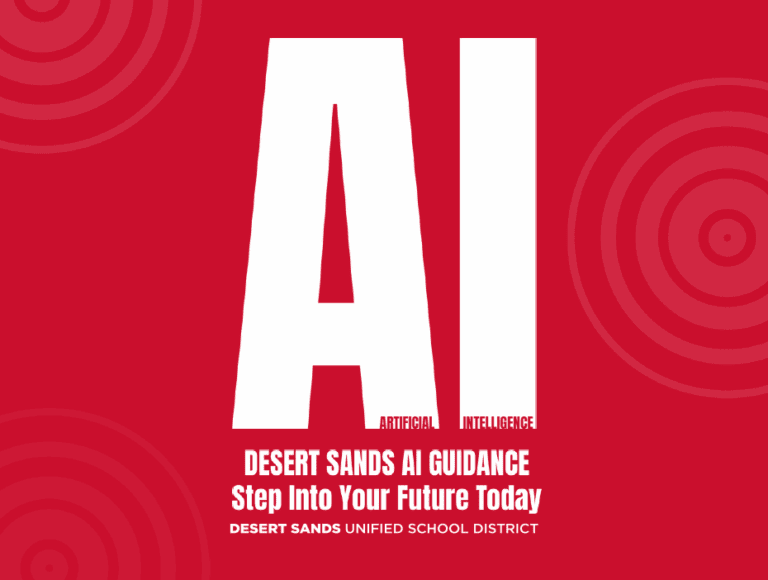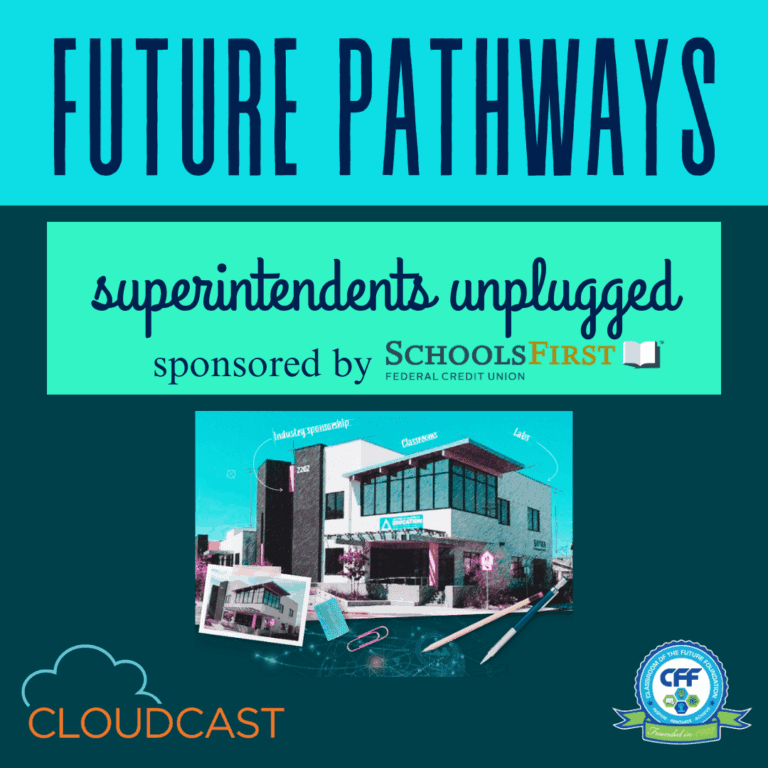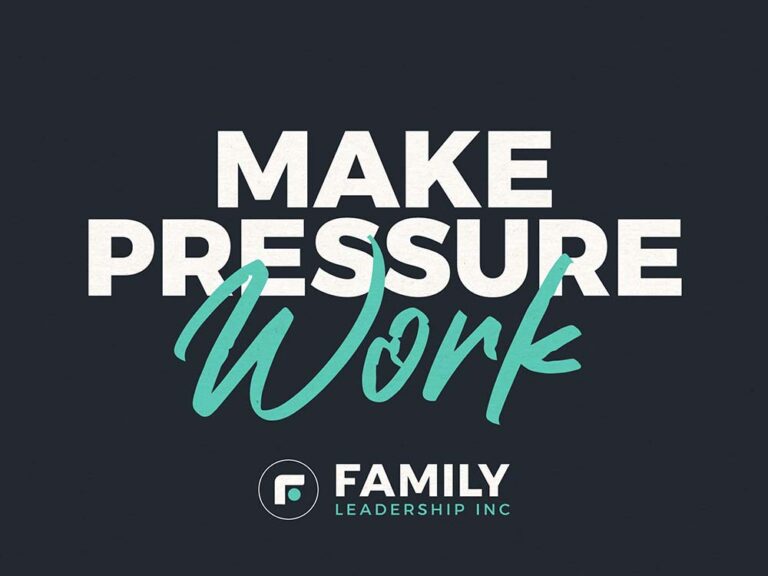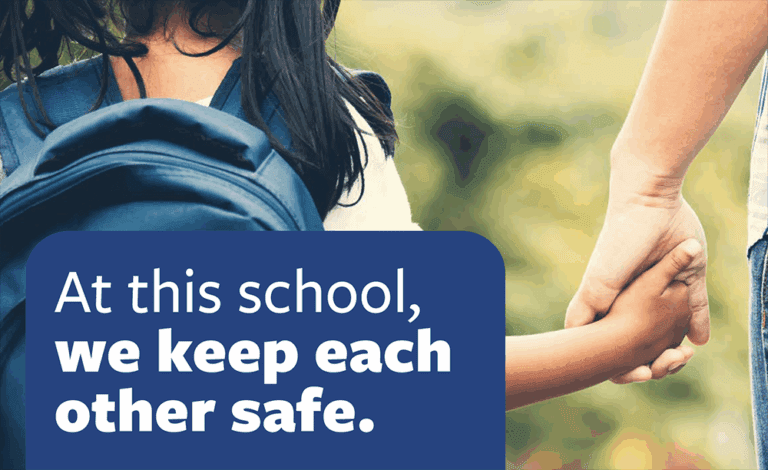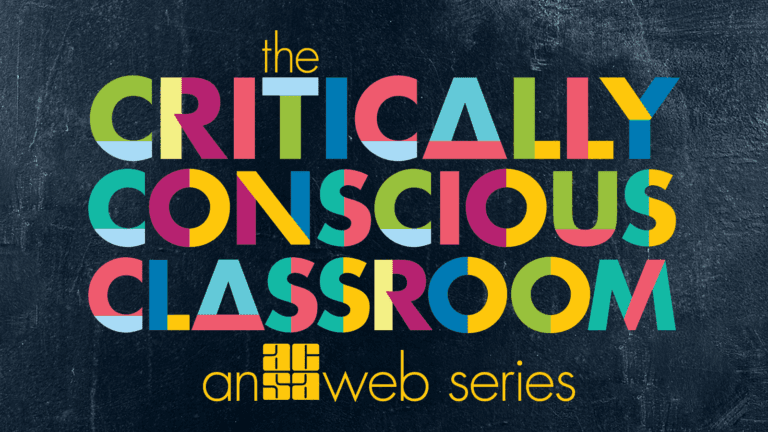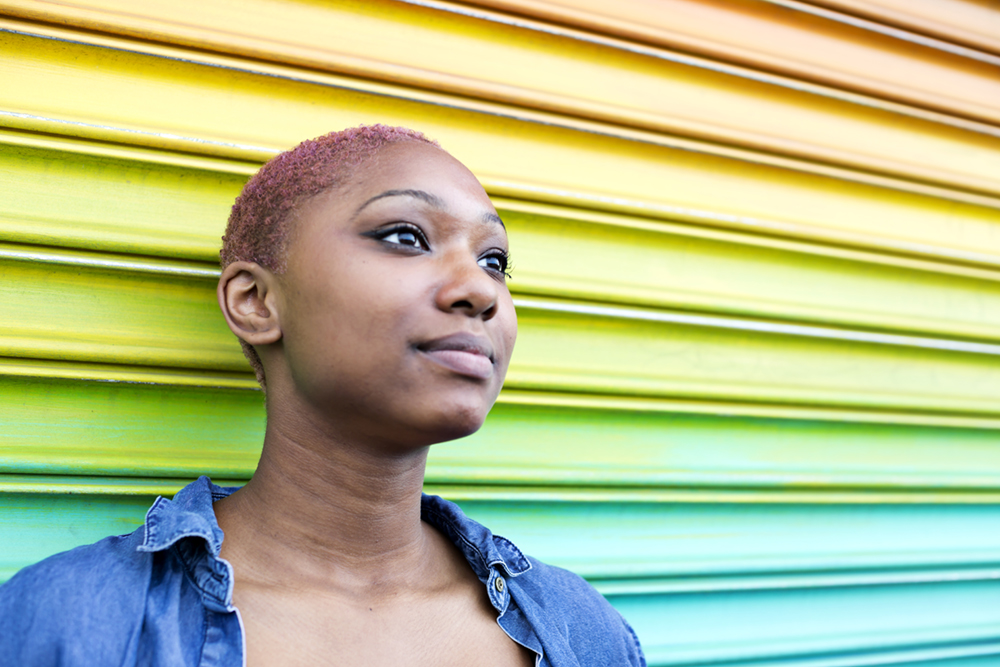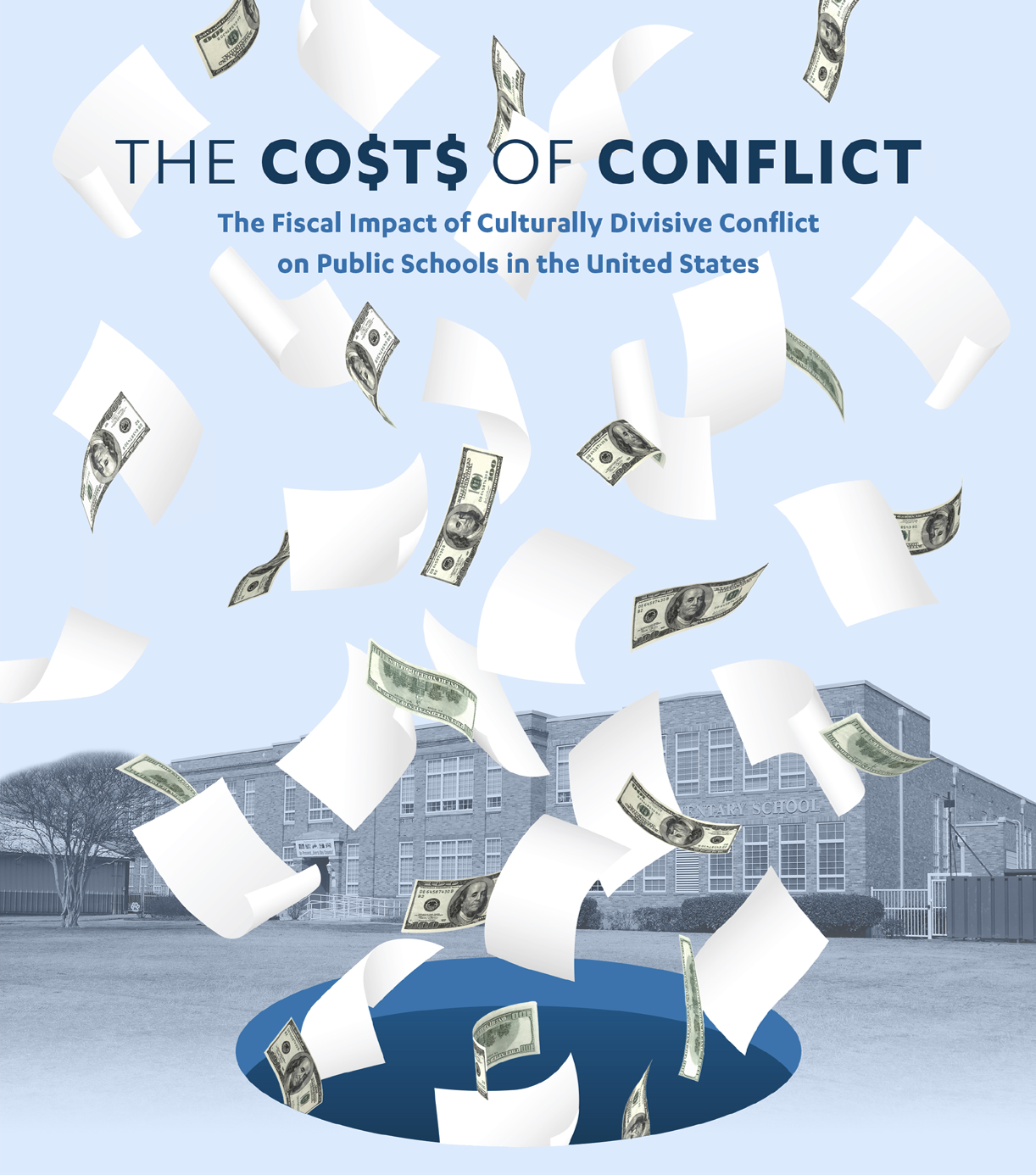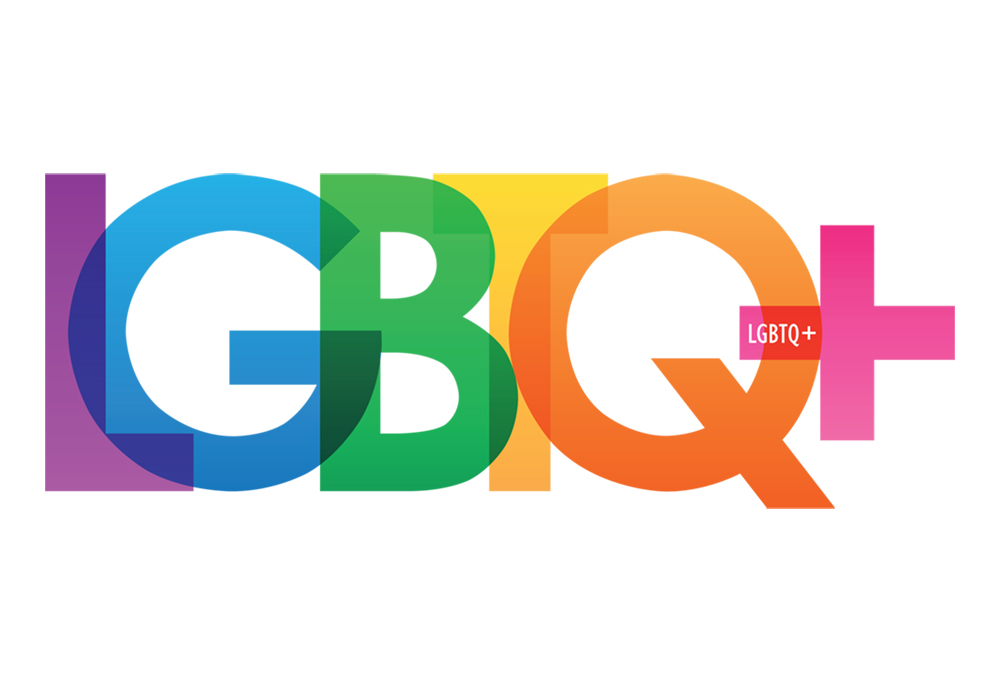
By Irie Rose De Lilly
Last year, armed with only a textbook and a hastily assembled syllabus, I enthusiastically accepted my new teaching assignment as one of four educators on my school’s Intersections of Identity (IOI) team. The course, which was originally proposed eight years ago to align with California college requirements and then revived in the wake of the Black Lives Matter movement, arrived at a crucial moment for our campus. As discussions around systemic injustices gained prominence, our independent school, like many institutions, was grappling with the urgent need for a deeper commitment to equity and inclusion. Having taught eighth grade English and social justice curricula for over a decade, I was excited to continue this vital work with my former students as they began navigating their new high school identities.
In an increasingly polarized social and political climate, where ideological rifts shape the national discourse and federal policies often shift with each administration, schools are being called to serve as havens of learning, dialogue, and possibility. As educators, we are not only tasked with delivering curriculum but with nurturing the intellectual and emotional development of young people as they traverse a complex and fractured world. While teaching IOI, I was invited (both by my students and the moment we are living through) to consider how we might honor diverse perspectives without losing sight of justice, compassion, and educational integrity. What strategies can help us mend the gaps between opposing worldviews while remaining centered in the work of serving students? This question became more than an academic prompt. It became a core challenge, reflection point, and true gift of the year.
Circle Ways: Building a Culture of Listening and Reciprocity
From the outset, IOI was designed to be more than a traditional classroom experience. The course asks students to engage not only with historical and sociological content but with themselves and one another. We explore how identity is formed, how it intersects with other identities, and how these realities shape our experiences of power, privilege, and marginalization. Our course guidelines, drawn from the book “Is Everyone Really Equal?” by Özlem Sensoy and Robin DiAngelo (2017), ask students to practice intellectual humility. This means that throughout the year students learn how to differentiate between opinion and informed knowledge, and to interrogate their own positionalities. These guiding principles are not always easy to follow, especially when divisive topics cut close to personal beliefs or challenge deeply held assumptions. But these principles became the scaffolding upon which we could build a classroom culture of honest inquiry and empathetic exchange.
What I learned in my first year of teaching IOI is that honoring diverse viewpoints is not the same as giving all viewpoints equal weight. Instead, it requires creating space for multiple voices while also upholding community agreements, human dignity, and evidence-based thinking. Our classroom became a laboratory for these difficult balances, giving my hesitant ninth graders a safe space to explore and take risks. To achieve this welcoming environment, we used “Circle Ways” as a structured method to ensure that every student had a voice and a turn to speak, tools borrowed from Indigenous traditions that emphasize respect, listening, and shared responsibility (Provisor, 2009). The structure helped us to slow down, reflect, and listen deeply before reacting. Students learned to approach disagreement not as a threat or attack, but as an opportunity for growth.
Our Circles became the heartbeat of the classroom. Students used a “talking piece”, waited their turn, and spoke from the “I” perspective while holding space for “we.” As the year progressed and the routine became standard, my class gradually transitioned away from using the talking piece, and our circle discussions flowed seamlessly without it. In Circle, students shared personal reflections on a variety of topics, including sexuality, body image, racial identity, mental health, and family dynamics. This structure was especially critical when navigating potentially divisive topics like privilege, white supremacy, and anti-Blackness. In one memorable Circle on microaggressions, a white student courageously admitted, “Before this class, I thought racism was only when someone said the N-word. Now I see how it can be in things we do without even realizing.” Circle allowed us to replace judgment with respectful inquiry, transforming moments of misunderstanding into collective learning.
Identity as a Lived Curriculum
Early in the semester, I realized that for many of my students, this course would be the first time they were asked to consider their identity and the identities of others as things worth examining. Some had never thought about their race or socioeconomic status in any critical way; others had been carrying the weight of marginalization for years but had lacked the language to articulate it. By framing identity not as a fixed label but as an evolving narrative shaped by family, culture, geography, and history, we created space for a flexible understanding of self.
In one of our initial activities, students physically mapped their identifiers and wrote a creative reflection paper. They used concept maps to chart out the eight main identifiers, but also were encouraged to add things such as their native language, family structure, religion, body image, mental health, birth order, physical ability, and learning styles. The activity was both grounding and expansive: grounding, because it helped students see themselves more clearly, and expansive, because it revealed how many different ways of being exist even within a small classroom. From this foundation, we moved into more difficult conversations and used Circle Ways and mentor texts to discuss systemic oppression, microaggressions, socioeconomic status, and digital citizenship. We also examined the institutions that inform and mold our identities to better understand how ideologies become internalized and reproduced.
This work demanded immense vulnerability, both from me as well as my students. As a Black woman, I often found myself navigating the double task of teaching while also representing a perspective not always centered in traditional independent school curricula. I had to manage my own emotional responses, especially when students voiced views that were misinformed, harmful, or simply incomplete. But rather than shy away from these moments, we used them as teachable ones. We paused, we reflected, and we asked, “What’s behind this reaction?” or “What is this belief rooted in?” Asking such questions enabled us to move beyond superficial conversations and cultivate a classroom culture where complexity, discomfort, and growth could coexist.
Honoring Diverse Viewpoints
One of the primary challenges of teaching this course in today’s contentious political climate is navigating the terrain between honoring diverse perspectives and avoiding the pitfall of false equivalency. I immediately found that students sometimes equated “diverse viewpoints” with “all perspectives are equally valid,” regardless of their relationship to truth or harm. In a lesson on gender identity, for example, a student remarked, “Well, I don’t mean to be rude, but I think same-sex relationships are wrong. Some people just believe there are only two genders, and that’s their opinion.” Rather than shutting the student down, we unpacked the word “wrong” and its implications. I opened the conversation by asking, “How do we balance the right to hold a belief with our responsibility to others in a community? What happens when voicing a belief contributes to someone else’s pain?”
That question led us into a rich discussion about the difference between personal beliefs and socially informed knowledge, one of our course guidelines (Sensory & DiAngelo, 2017). We examined historical patterns of how marginalized identities have been pathologized or denied, from enslaved Africans being labeled as subhuman to queer people being classified as mentally ill. By tracing these patterns, students began to understand how certain “viewpoints” are not just personal, they’re also deeply entangled in systems of oppression. Thus, while all students’ voices were respected, not all arguments were treated as equally defensible. This approach allowed us to engage with differing opinions while maintaining a commitment to justice and the well-being of all students in the room. As Sensoy and DiAngelo remind us, not all perspectives are equally valid when it comes to human dignity. Teaching students how to distinguish between disagreement and harm, between debate and denial of someone’s lived reality, is complicated. In my IOI class, boundary-setting was one of the hardest and most essential parts of the job.
Skills in Action: A Student-Lead Town Hall
Perhaps the most transformative project of the year was our student-led town hall on academic tracking. After weeks of intensive preparation, students facilitated a formal forum for the school community to discuss how ability grouping impacts equity and belonging within their school. This second-semester, hour-long event was designed to foster engaging discussions, featuring student speeches and an active audience Q&A session. The town hall followed a traditional agenda to ensure a structured and comprehensive discussion:
1. Proposal Presentation (10 min): The student superintendent team presented their proposal regarding academic tracking, outlining its necessity, reasons for adoption, and anticipated benefits.
2. Question and Answer (10 min): Attendees had the opportunity to raise their hands and ask the superintendent team questions about the proposal, addressing any points not covered in the initial presentation.
3. Audience Participation (25-30 min): Keeping their assigned role in mind, this segment allowed attendees to voice their opinions on the proposal. Using our Circle Ways structure, participants could refute specific points or object to and critique arguments made by previous speakers. Each speaker was allotted two to three minutes to articulate their points and/or objections.
4. Voting and Results (5-7 minutes): Board members cast their votes on whether or not to pass the proposal, basing their decision solely on the quality of arguments presented by both sides. They then provided a summary of the town hall and their findings to the audience.
During our preparation weeks, I assigned each student a specific role and provided them with a meeting guide. The roles ranged from a superintendent to a volleyball coach, a parent of a ninth grader, or a math teacher. Based on their assigned roles, motivations, and identities, students developed diverse perspectives on academic tracking. Some advocated for more inclusive instructional models, while others argued for maintaining accelerated course options but expanding access to them. Students also explored issues of fairness, seeking compromise, or engaging in rigorous debate backed by facts. The primary goal of this exercise was not to reach a consensus, but rather to discuss a topic highly relevant to students’ lives and create a vital space for dialogue across differing viewpoints.
To prepare for the town hall, I also showed clips from the documentary “Homeroom” (Nicks, 2021), which features a group of Oakland public high school students as they advocate to eliminate the police presence at their school and fight against district budget cuts. Then, I guided students through a rigorous process of research, writing, and public speaking. We examined academic tracking through multiple lenses, including race, class, pedagogy, and neuroscience. Students conducted interviews with teachers, surveyed their peers, analyzed case studies, and reflected on their own academic experiences. This comprehensive approach taught them how to vet sources, consider counterarguments, and articulate their positions with both clarity and compassion. It was inspiring to witness them grapple with discomfort, wrestle with nuance, vigorously discuss the meaning of fairness, and ultimately rise to the occasion with remarkable courage and conviction.
What made the town hall especially meaningful was its profound impact beyond the classroom. While only a select few were able to attend, parents, faculty, and administrators were all invited. One teacher, noting a student’s powerful presentation on “academic trauma” within lower-tracked classes, shared afterward that he had never witnessed ninth graders speak so deeply and articulately about educational equity. In a time when national debates about curriculum often create divisions among adults, our students modeled what constructive civic discourse could truly look like, offering a powerful example for the entire school community.
The Role of the Educator: Facilitator, Not Savior
One of the most profound lessons I was reminded of this year was that I am not the center of the classroom; my students are. While I laid the groundwork with content and structure, it was their voices, their insights, and their questions that truly animated the learning experience. My evolving role became one of curating resources, posing thought-provoking questions, and modeling genuine curiosity, rather than possessing all the answers or acting as a savior. This shift necessitated letting go of control and embracing the unpredictable nature of DEI work.
This pedagogical transformation also demanded significant personal growth as an educational leader. I constantly had to examine how my social positionality, as a Black, queer woman and as a former public school teacher, shaped my instructional approach. It meant cultivating an openness to feedback, readily admitting when I made errors, and proactively pursuing professional development to refine my skills. Teaching this course was more than just an intellectual exercise. It was deeply emotionally stretching, calling for a level of vulnerability often not required in my more traditional academic courses. And because IOI was a pass/fail class, its success was not always quantifiable. Its success was something you just had to sense, something you had to experience firsthand. I felt it in our dynamic town hall and within every vibrant Circle.
Irie Rose De Lilly teaches at The Buckley School in Sherman Oaks, CA and is a doctoral student in the Educational Leadership program at California State University, Long Beach. Her research interests include adult literacy, civic online reasoning, and curriculum design. Get in touch at http://www.linkedin.com/in/irdelilly.
References
Nicks, P. (Director). (2021). Homeroom [Film]. Concordia Studio; Open’hood.
Provisor, J. (2009). An introduction to Council for educators: a training manual. CA: Privately Produced. https://www.circleways.org/
Sensoy, O., & DiAngelo, R. (2017). Is everyone really equal? (2nd ed.). Teachers’ College Press.

